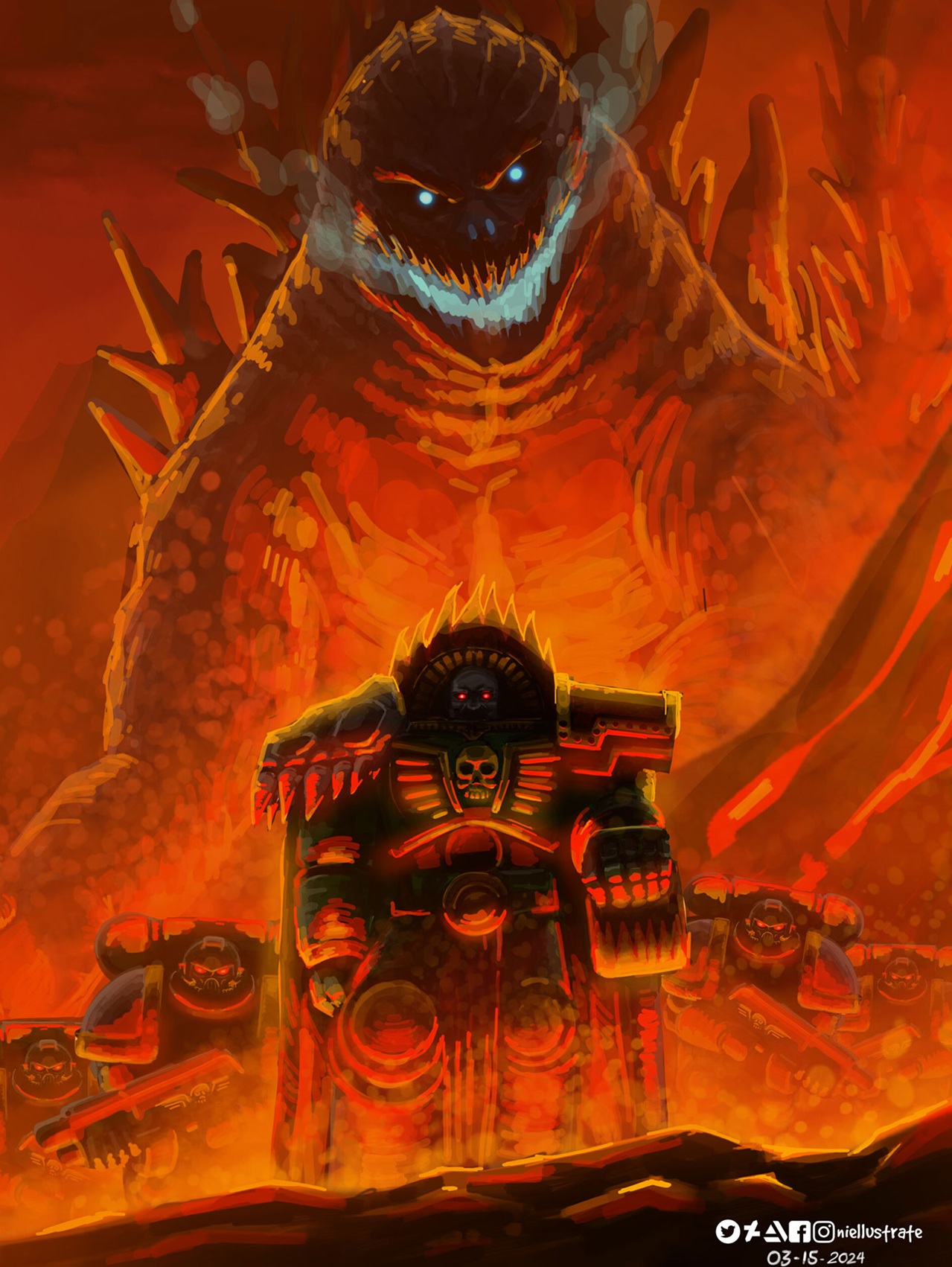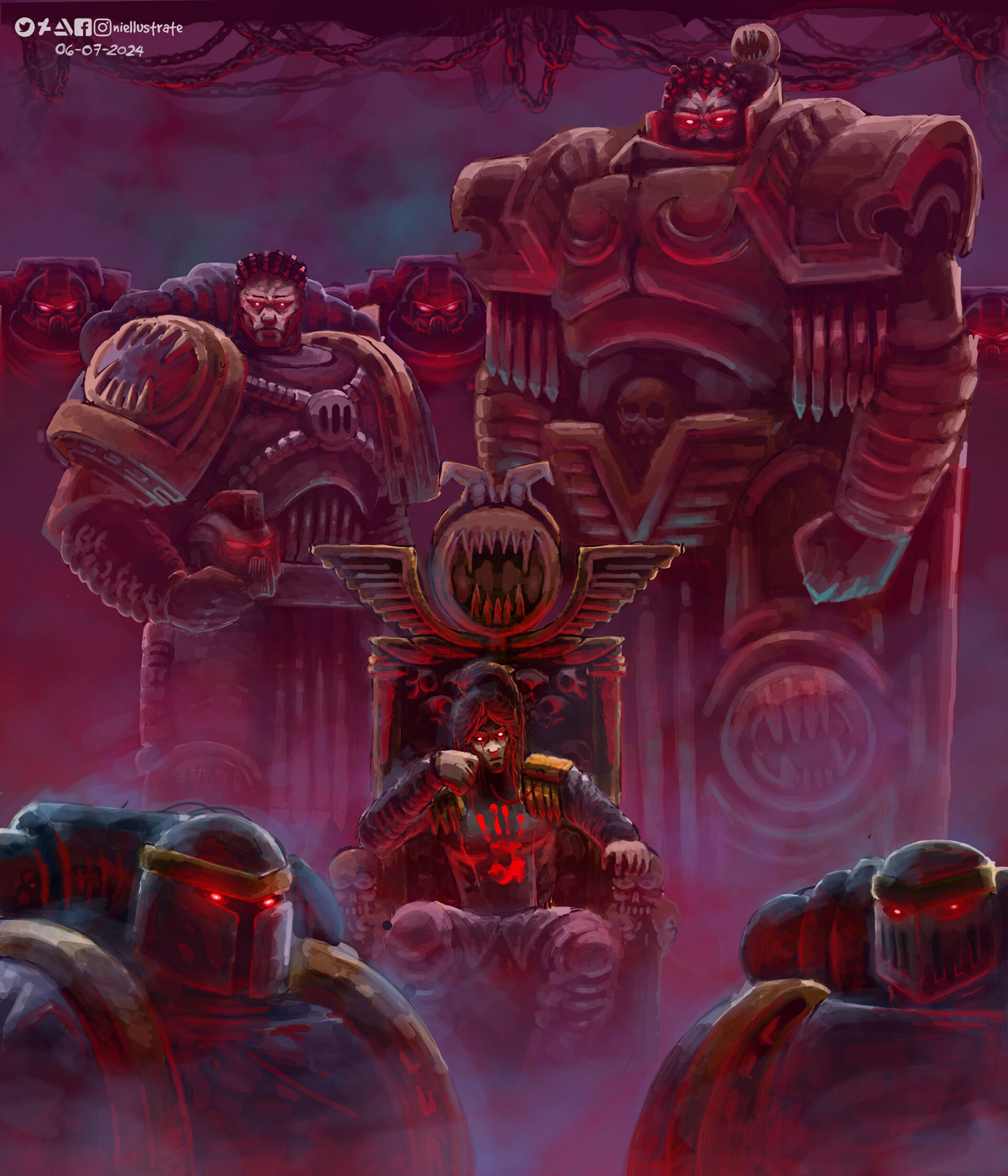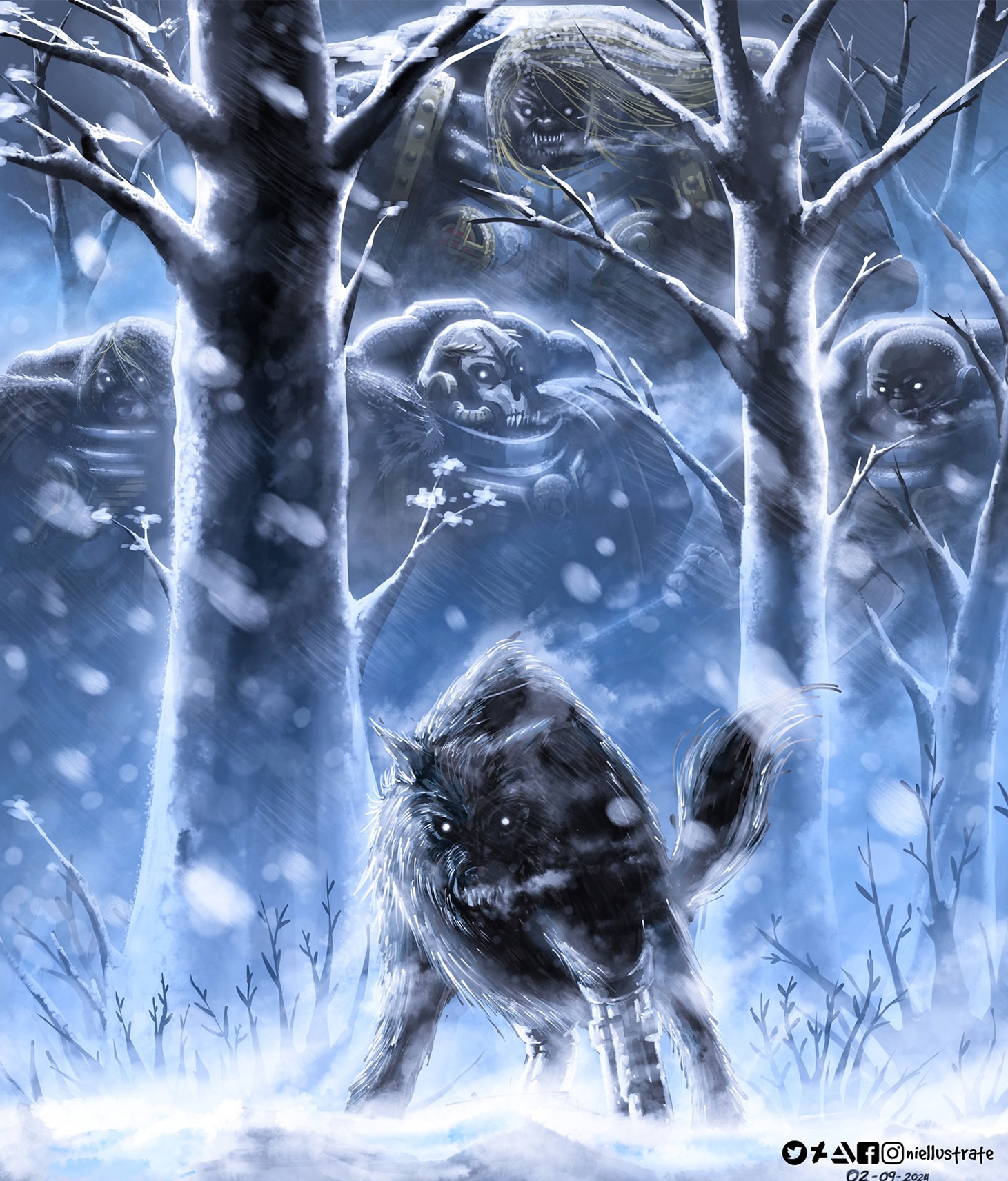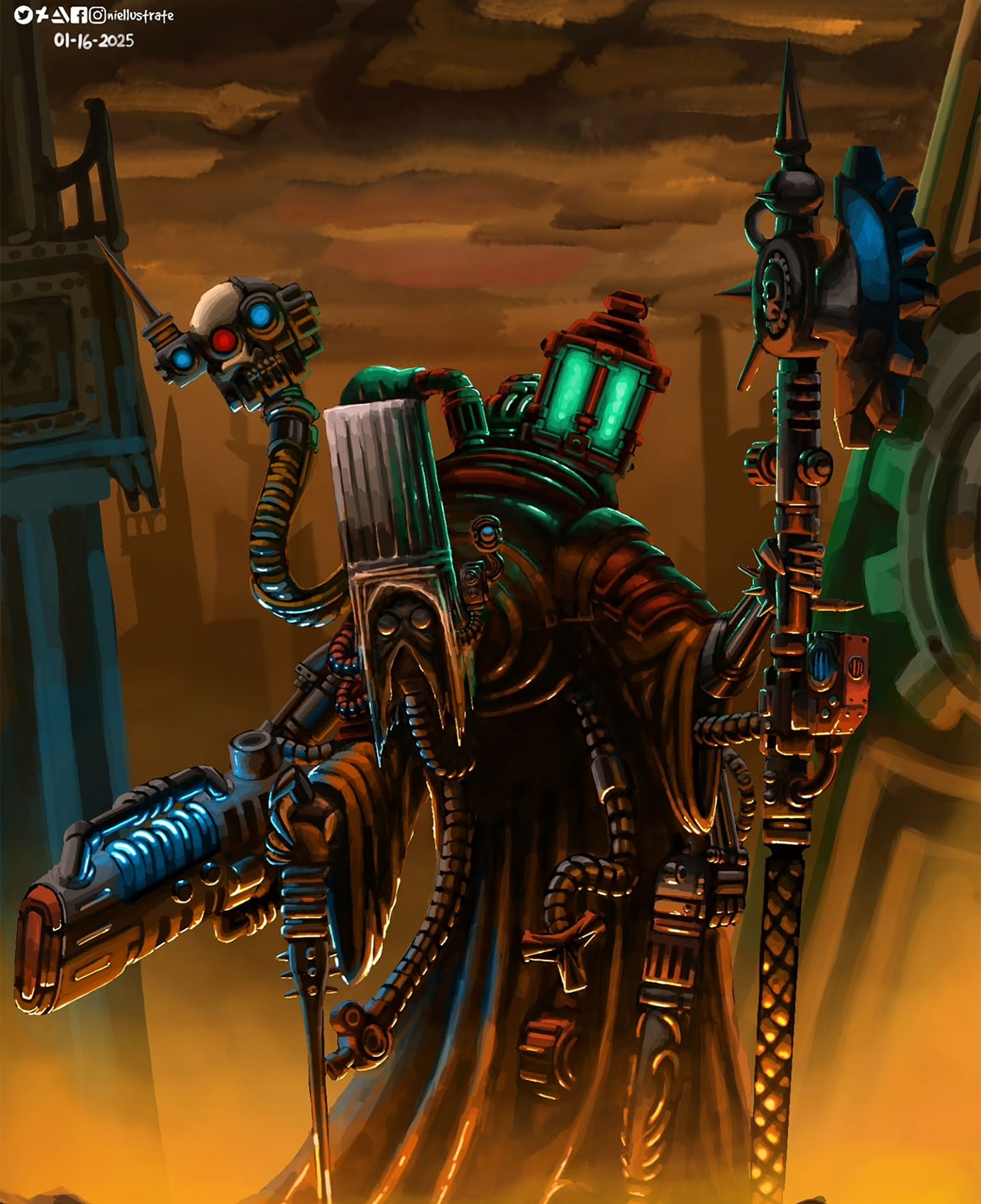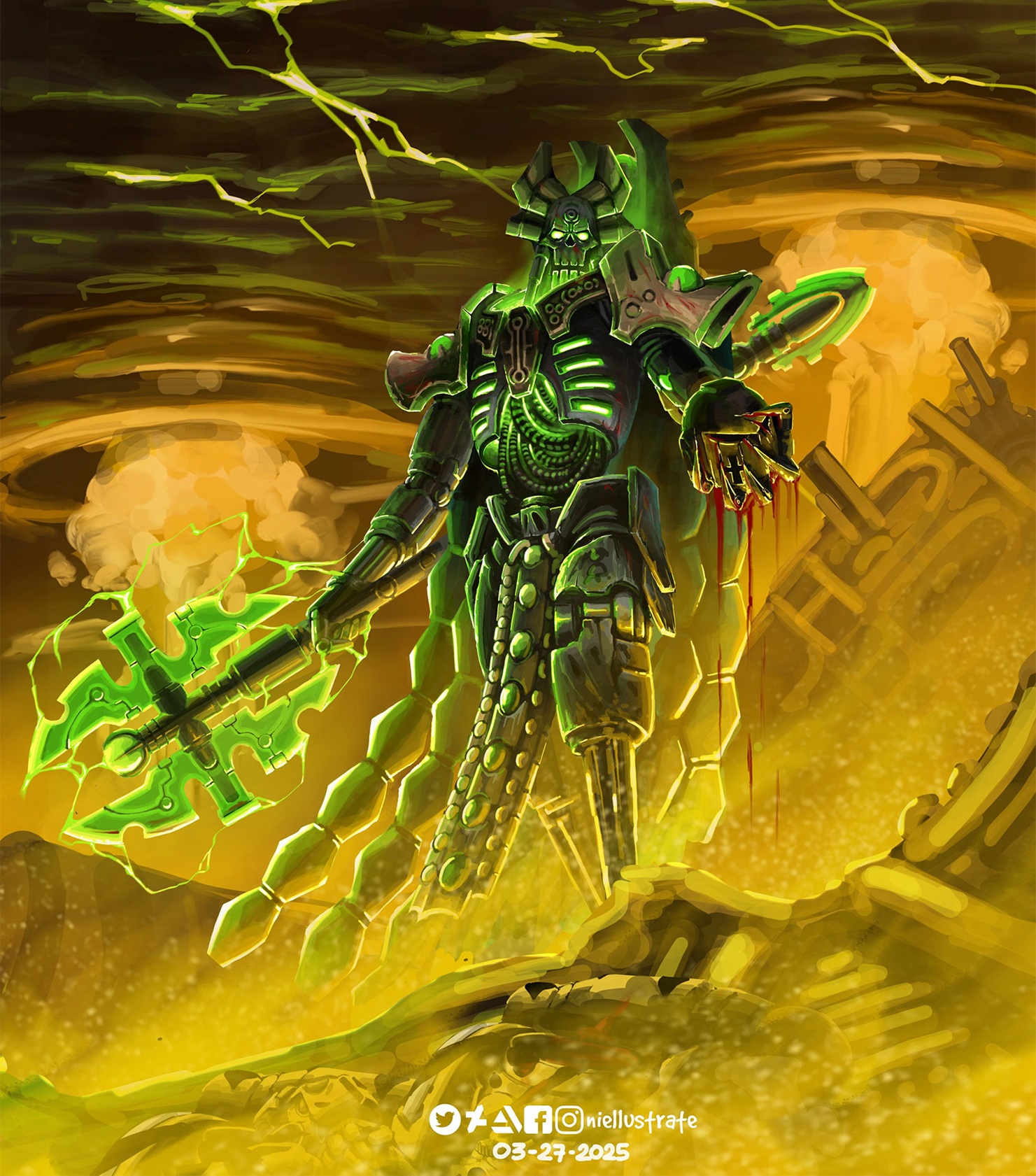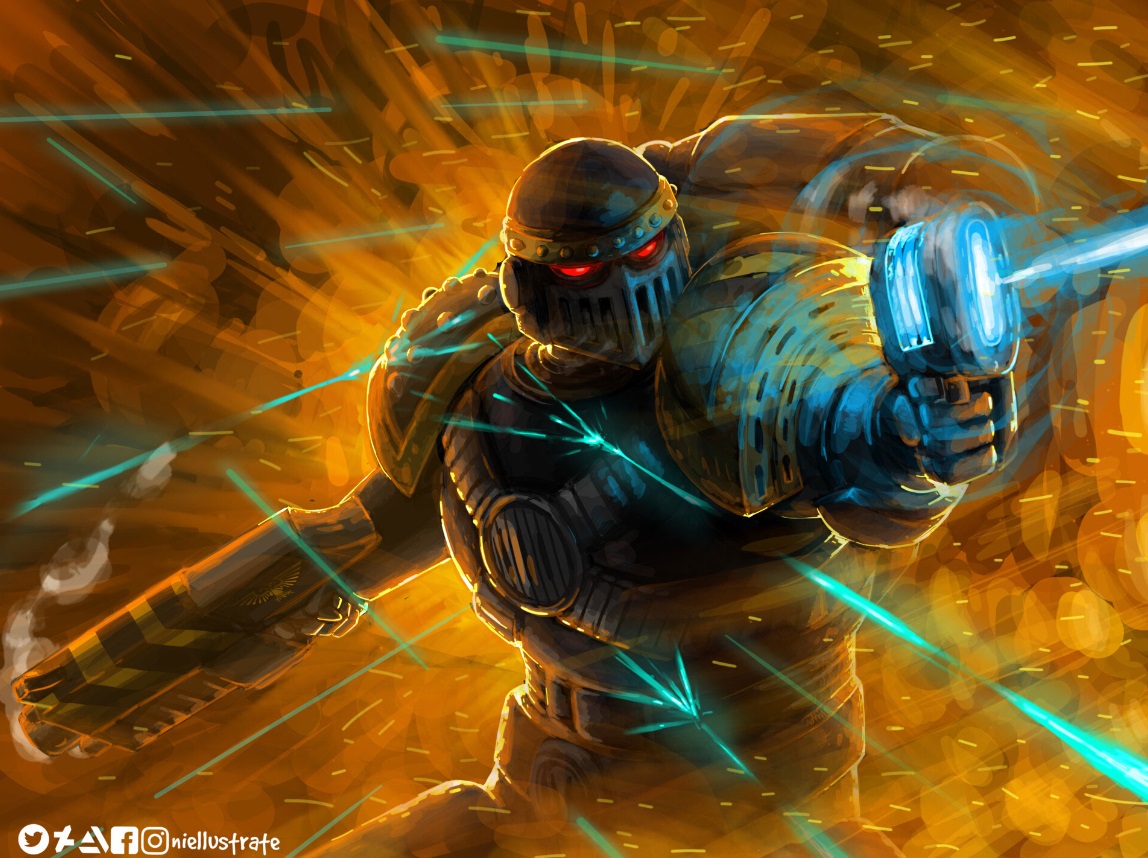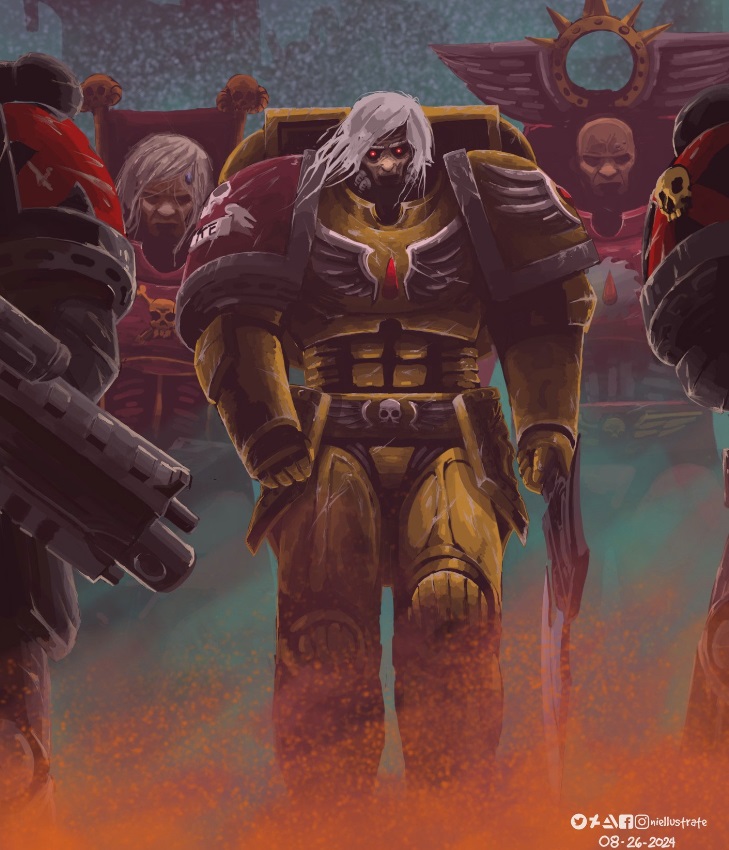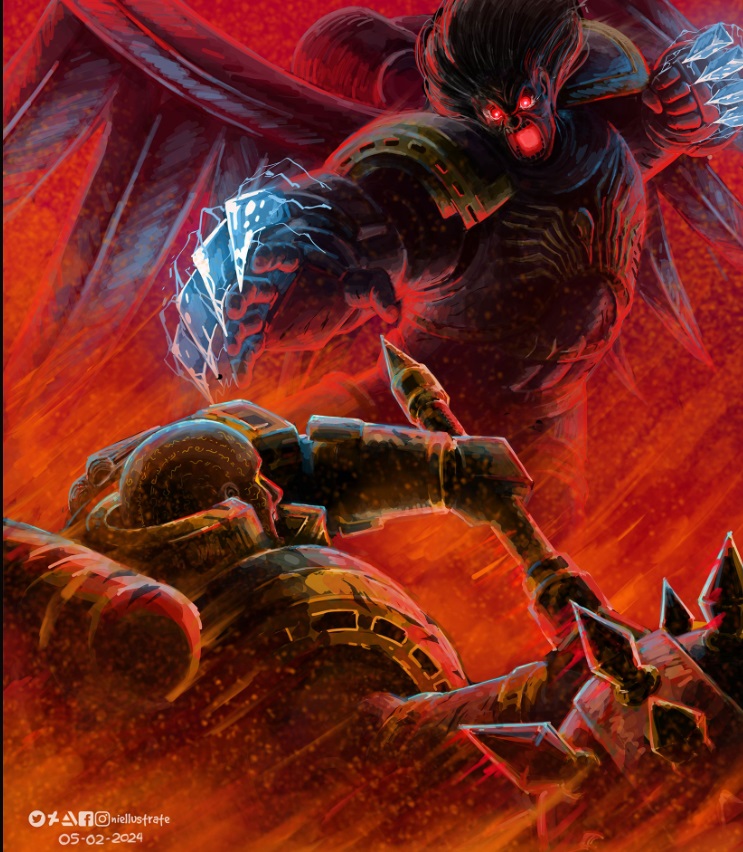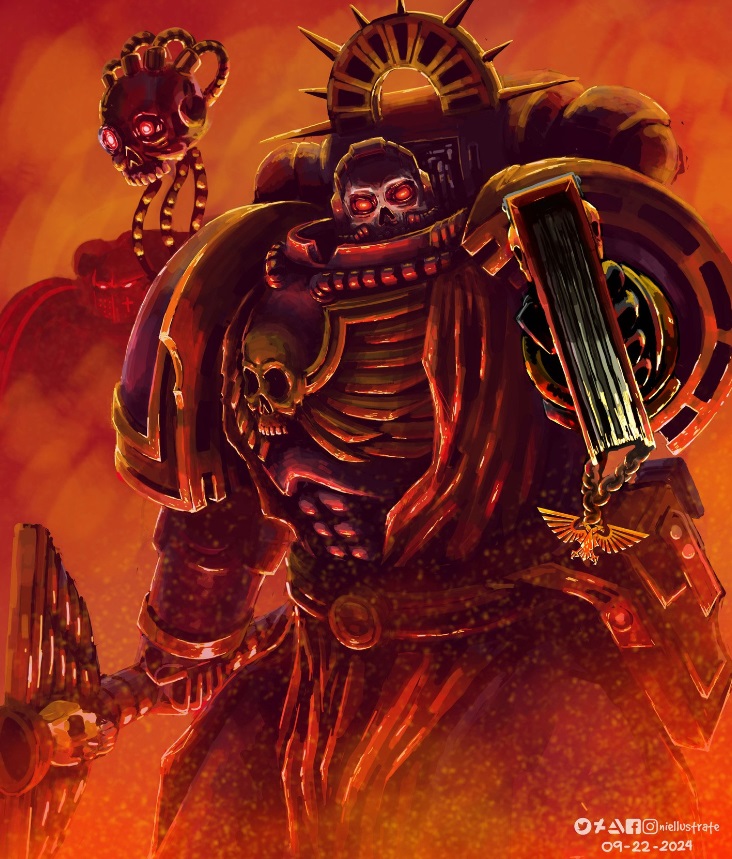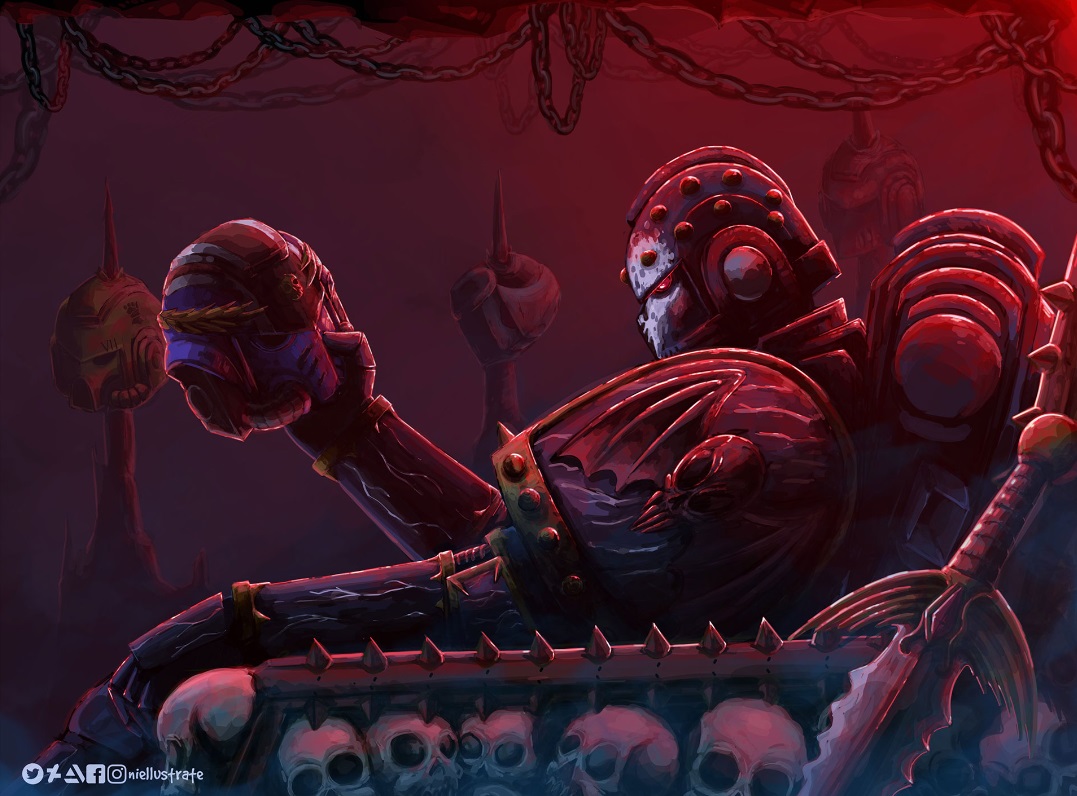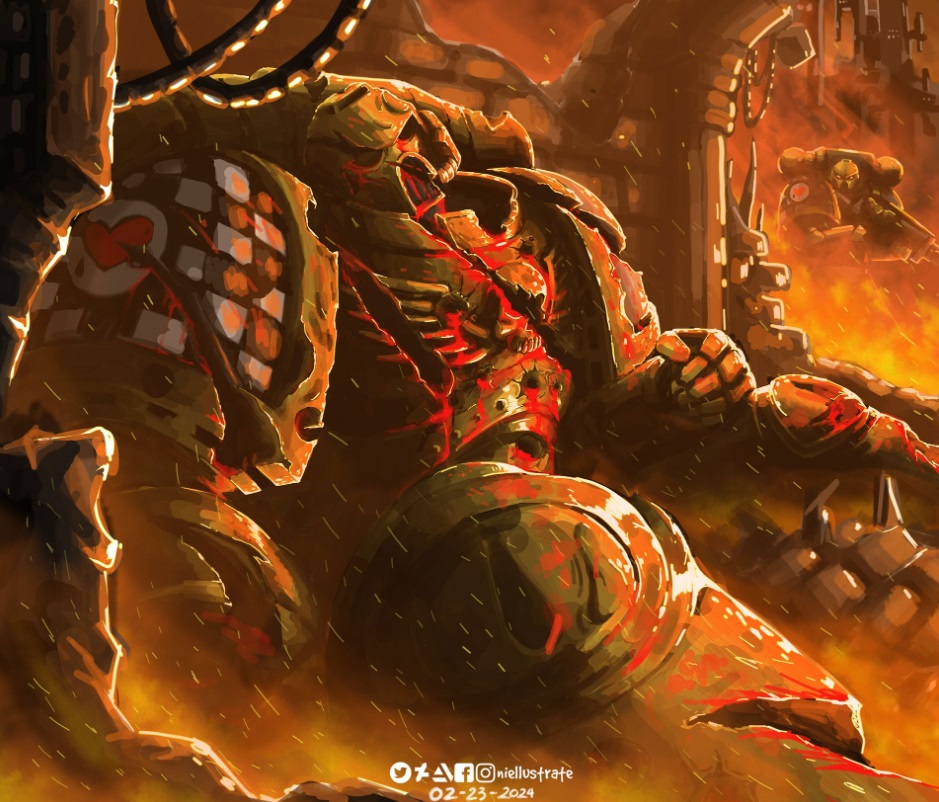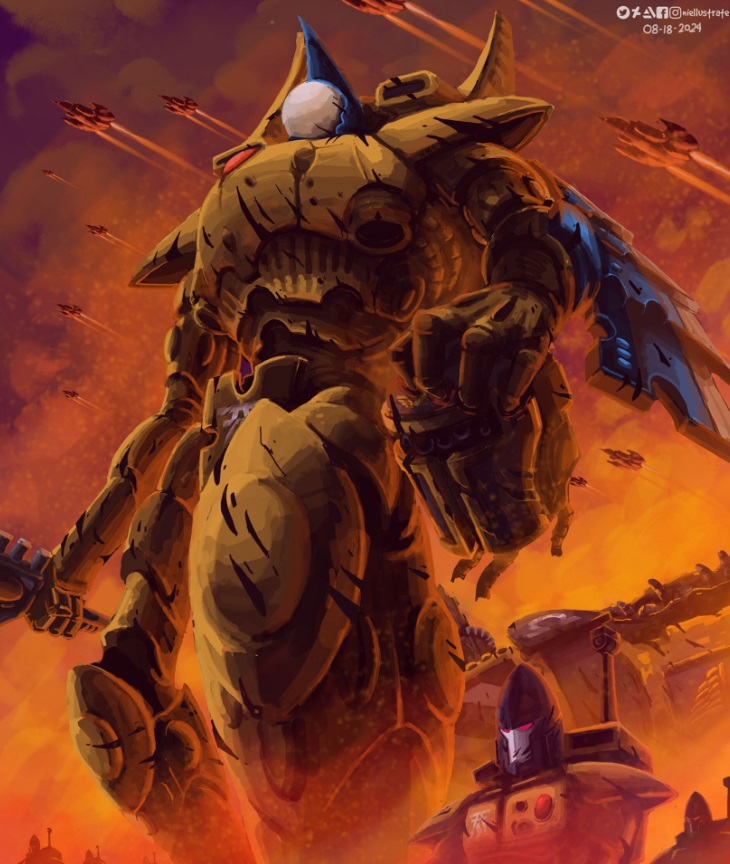
The Iyanden Wraithknight: A Tragic Titan of Eldar Resilience
A Towering Construct of Eldar Ingenuity
The Iyanden Wraithknight is a colossal war machine, one of the most formidable weapons the Aeldari can deploy. Towering above the battlefield, it is piloted by the intertwined souls of two twins—one living and one deceased—whose psychic bond allows them to control the construct with incredible precision and fluidity. This fusion of spirit and machine creates a war construct that moves with an elegance unmatched by any other race’s titans, embodying the Aeldari’s mastery of psychic and martial disciplines.
Born from Tragedy and Necessity
Iyanden’s reliance on the Wraithknight emerged from necessity, as the Craftworld’s living population dwindled after devastating conflicts. Unlike other ghost constructs like Wraithguard and Wraithlords, which use a single spirit stone, the Wraithknight demands the psychic connection of twins or close siblings. The living sibling anchors the machine in the physical world, while the deceased twin’s soul powers its psychic energy. This dual connection enables the Wraithknight to move with astonishing grace, reflecting the tragic cost of Iyanden’s survival.
A Weapon of Unmatched Destruction
Armed with devastating ghostglaives, sun cannons, or heavy wraithcannons, the Wraithknight is a force capable of annihilating tanks, infantry, and even titanic foes. Its combination of raw firepower, agility, and resilience makes it the centerpiece of Iyanden’s war efforts. On the battlefield, its presence strikes terror into its enemies as it unleashes devastating firepower and deadly melee attacks, embodying the apex of Aeldari war technology.
A Somber Symbol of Loss
Beyond its destructive power, the Wraithknight is a haunting reminder of Iyanden’s tragic history. Each Wraithknight represents the loss of a family, the death of a sibling, and the heavy emotional burden carried by its pilots. Revered as much for their personal sacrifice as their combat prowess, these pilots symbolize the enduring will of the Aeldari. As the Wraithknights stride into battle, they are not just war machines—they are living tributes to Iyanden’s resilience, its grief, and its unwavering determination to survive against all odds.


